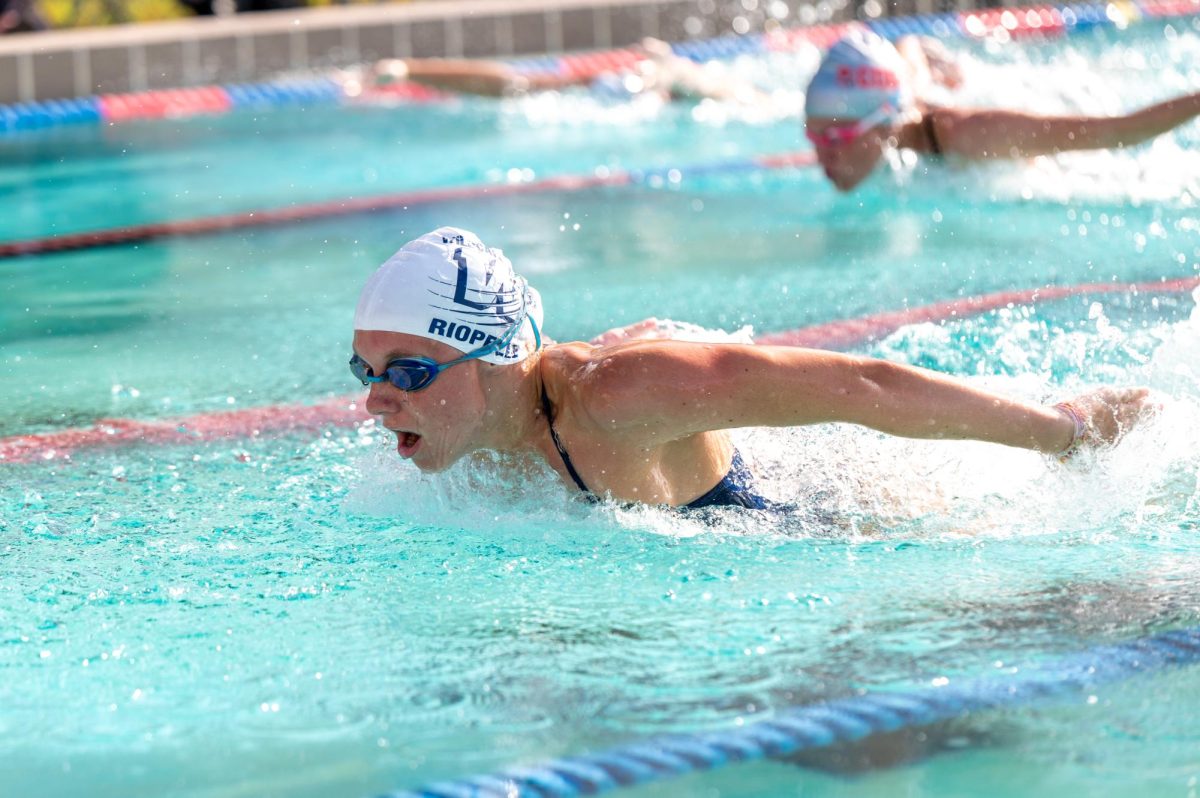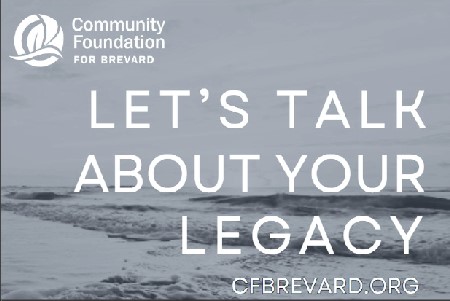Student journalists look to build trust with balanced coverage
December 21, 2020
Even though the election happened six weeks ago, political tension remains in the air. The prevalent question for student media groups becomes how should politics be covered.
“The goal is always to localize any story we write, to make it relatable to our school community,” “Roar” magazine Editor in Chief Sophia Bailly said. “In our [November] edition of the news magazine, we featured a political spread that discussed the political views of two students, with a story about how COVID-19 has influenced political views. Aside from that, we always keep our eyes and ears out for how both national and local political happenings could impact our school.”
Of course the election isn’t the only politics happening, and for high-school students moving towards adulthood, politics are of great importance to some. As a result, how student media covers political topics is important. But the students behind that media have opinions of their own, so keeping them in check is key.
“With all news stories, objectivity is key,” Bailly said. “There should be no traces of personal bias or editorializing. The opinionated pieces of stories should always be directly from quotes. In regards to political stories specifically, there needs to be an even balance among the different perspectives our community has. When you read a political news story, you shouldn’t be able to tell where the reporter stands on the topic or issue. That can be difficult, especially if it’s a topic you’re passionate about. But, opinion pieces and editorials provide a good outlet for getting your thoughts out there, without much restraint.”
“Arcadia” yearbook Editor in Chief Haley Alvarez-Lauto agrees.
“Personally keeping political opinions out of stories is difficult,” she said. “This has been a very pivotal election and personally I have been very involved with and have strong opinions and thoughts about, so it’s definitely hard trying to stay neutral while designing spread to have to say there is equal coverage of both sides. What I’ve done this year to keep it equal is basically mirroring the spread on both pages. So there’s a story about students who have been politically active in Democratic campaigns and then students who have been politically active in Republican campaigns and they are directly opposite on the thread. It’s not difficult keeping my opinions out of the stories as the stories are based on students’ actions.”
Bailly said the goal is to gain readership trust.
“Regardless of how sensitive a topic may be, if it’s important to the student body, it should be covered,” she said. “Sensitive topics may need to be handled with more care in regard as to how they’re approached and presented. But news is supposed to start conversations and spread factual information. It’s better to be informed than out-of-the-loop, in my eyes. So, even if a topic is “touchy” and may make you upset or angry, at least you’re staying informed. And ultimately, as our staff writes and publishes stories that are on the more sensitive side, I hope to see people take further interest and responsibility in current events, especially in the case of politics.”
By Kian Nezamoddini




















































